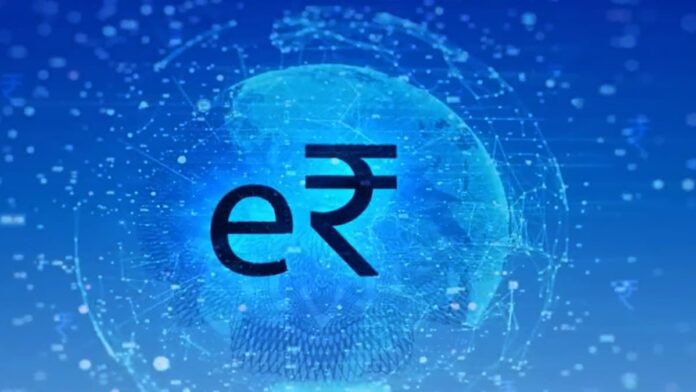[ad_1]
The trial of e-rupee was started by RBI. However, after this, by October last year, it reached about 25,000 per day. Its use case was also expanded and it was linked to the widely used Unified Payment Interface (UPI). UPI provides the facility of sending money through mobile apps. A source said that last month some big public and private banks transferred the amount related to employee benefit schemes to the CBDC wallets of employees. These included HDFC Bank, Kotak Mahindra Bank, Axis Bank, Canara Bank and IDFC First Bank. This has increased transactions rapidly.
RBI hopes that some non-financial firms can also use this method. This will make it easier to increase transactions further. An executive with knowledge of this said that the number of its users has increased from 30 lakh to 40 lakh in December. Digital rupee is expected to make the interbank market more efficient. RBI started this trial after considering the advantages and disadvantages of CBDC. Earlier, RBI had opposed cryptocurrencies. After demonetization in the country, there has been rapid growth in UPI payments. Digital rupee can also benefit from this.
CBDC is a blockchain-based payment solution controlled by the central bank. It functions like a cryptocurrency but not like a cryptocurrency CBDC There is no volatility and other risks. RBI did not respond to an emailed request for comment. CBDC projects are being trialled in countries like China, Ghana and France. Apart from this, Nigeria has launched its own digital currency. However, it is being used less in Nigeria.
Latest Tech News, Smartphone Review And popular Mobile Gadgets 360 for exclusive offers on Android Download the app and let us know Google News Follow on.
Digital, Technology, Online, UPI, Market, Demand, Transactions, Volume, CBDC, Government, RBI, France, Blockchain, Payments
Related news
[ad_2]







